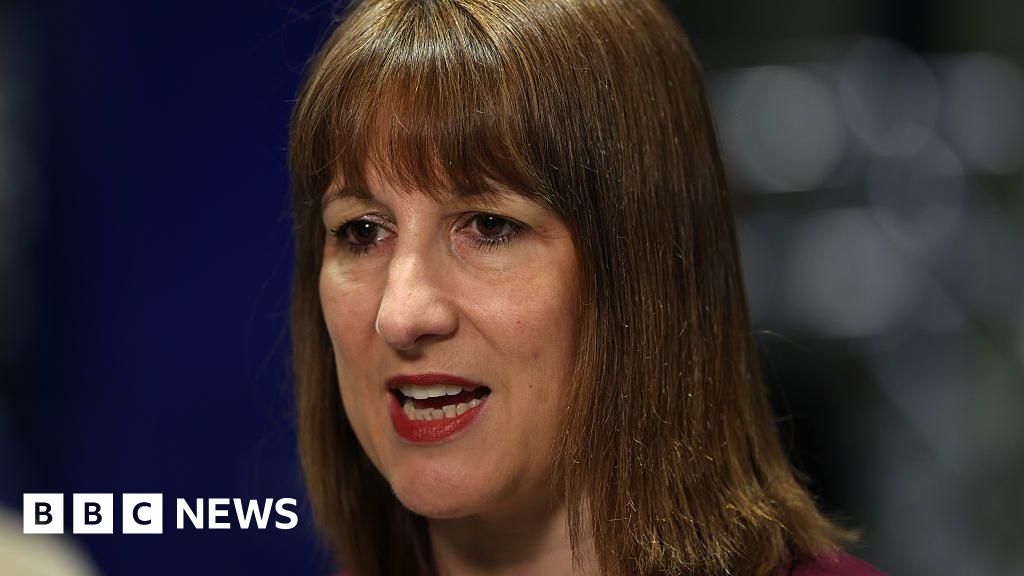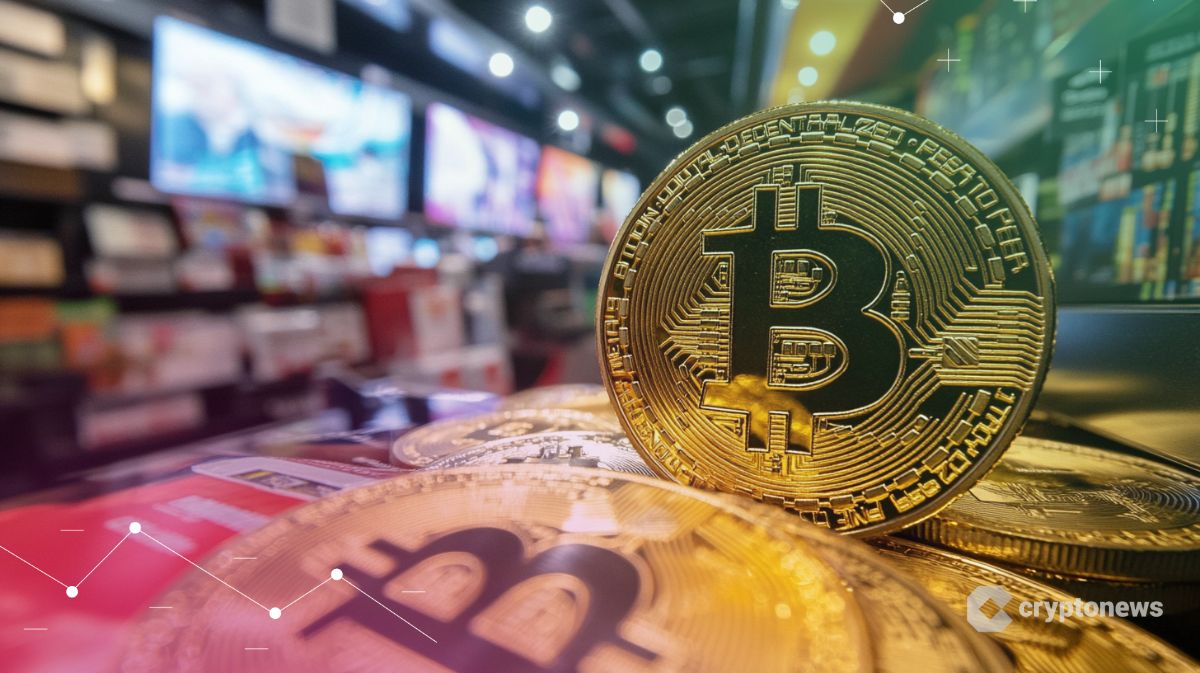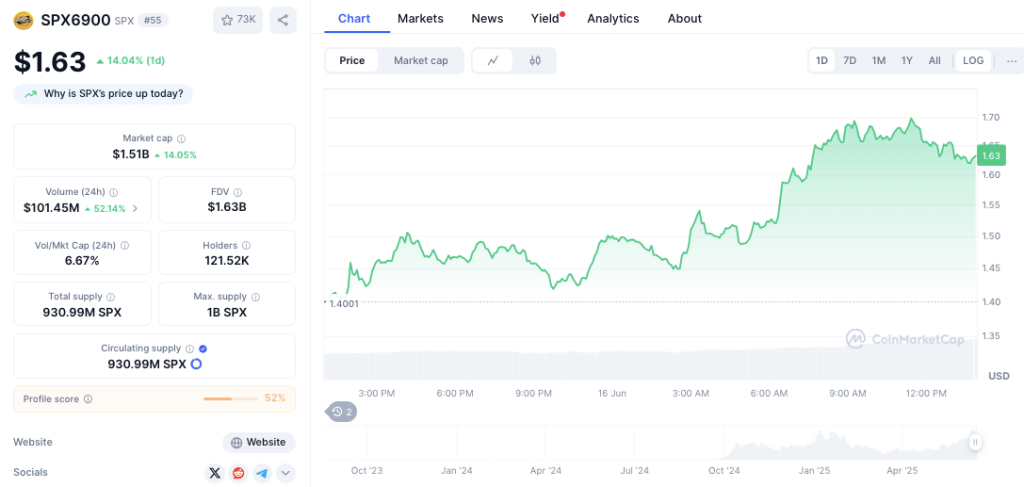While overall credit card debt fell in the first quarter of 2024—typical after the holidays—the number of borrowers behind on credit card payments actually increased, according to the New York Federal Reserve’s Quarterly Report on Household Debt and Credit. In fact, the delinquency rate has been steadily rising since 2021, and is now above pre-pandemic levels.
To explain the increase, the Fed’s researchers zeroed in on credit utilization rate, or how much of one’s credit a borrower is currently using (someone with a $10,000 limit and $4,000 in charges would be using 40%). Utilization rate is highly correlated with delinquency, according to the Fed—the higher the rate, the more likely a borrower will be late on payments.
While the nationwide utilization rate is around 30%, almost one-fifth of borrowers, 18%, are using at least 90%. And for those borrowers—whom the Fed calls the “maxed out” group—about one-third of balances have gone delinquent in the past year. Before the pandemic, the share was less than a quarter.
This shows how stressed out households have become, particularly those with tight cashflows. The Fed’s research shows younger borrowers and those who live in lower-income areas are much more likely to be maxed out than those who tend to keep a lower utilization rate: 15.3% of Gen Z borrowers and 12.1% of millennials have maxed out their cards, compared to 9.6% of Gen X and 4.8% of baby boomers. Of course, Gen Z card holders tend to have lower limits due to shorter credit histories.
Separate research from the credit bureau TransUnion finds that Gen Z is starting out their adult lives with more credit card debt than previous generations. The average balance for 22- to 24-year-olds was more than $2,800 in the last quarter of 2023, compared with an average inflation-adjusted balance of around $2,250 in 2013, according to that report.
Debt growing at an ‘alarming’ pace
While the Fed’s research doesn’t necessarily get into the reasons for the rise in utilization rate and delinquencies, a new report from Achieve, a digital personal finance company, also looks at why credit card debt continues to grow. The company surveyed 2,000 consumers with active accounts across the consumer debt categories the Fed also tracks: mortgages, student loans, credit cards, auto loans, and home equity lines of credit.
The top reasons cited by respondents for making delinquent payments included inflation (21%) and a reduction in work and income (20%). Another 11% simply forgot to pay at least one bill over the past six months. TransUnion’s report also points to inflationary pressure for the increased debt.
“It’s no surprise that in this economic climate, one in which the cost of living is significantly higher relative to a decade ago, younger consumers are increasingly turning to credit products to bridge their financial needs,” Jason Laky, executive vice president and head of financial services at TransUnion, said in a press release for the report. “As long as inflation remains elevated and the cost of goods remains so as well, balances…are likely to continue to grow.”
In Achieve’s report, consumers also pointed to the increase in credit card interest rates—a side effect of the Federal Reserve’s campaign to reign in inflation—as making it more difficult to pay down debt.
Nearly one-third of consumers, 31%, said it is very difficult or difficult for them to pay recurring debts on time. As a result, a quarter of consumers reported reducing their spending over the past three months. That’s starting to show in other data, with consumer goods giants including PepsiCo and Kraft Heinz reporting high inflation and interest rates as harmful to lower-income customers.
“We know that household debt and credit are growing at an alarming pace,” Andrew Housser, Achieve’s cofounder and co-CEO, said in a press release. “For many consumers, money is going out the door as quickly as it’s coming in, if not faster.”
Credit: Source link










